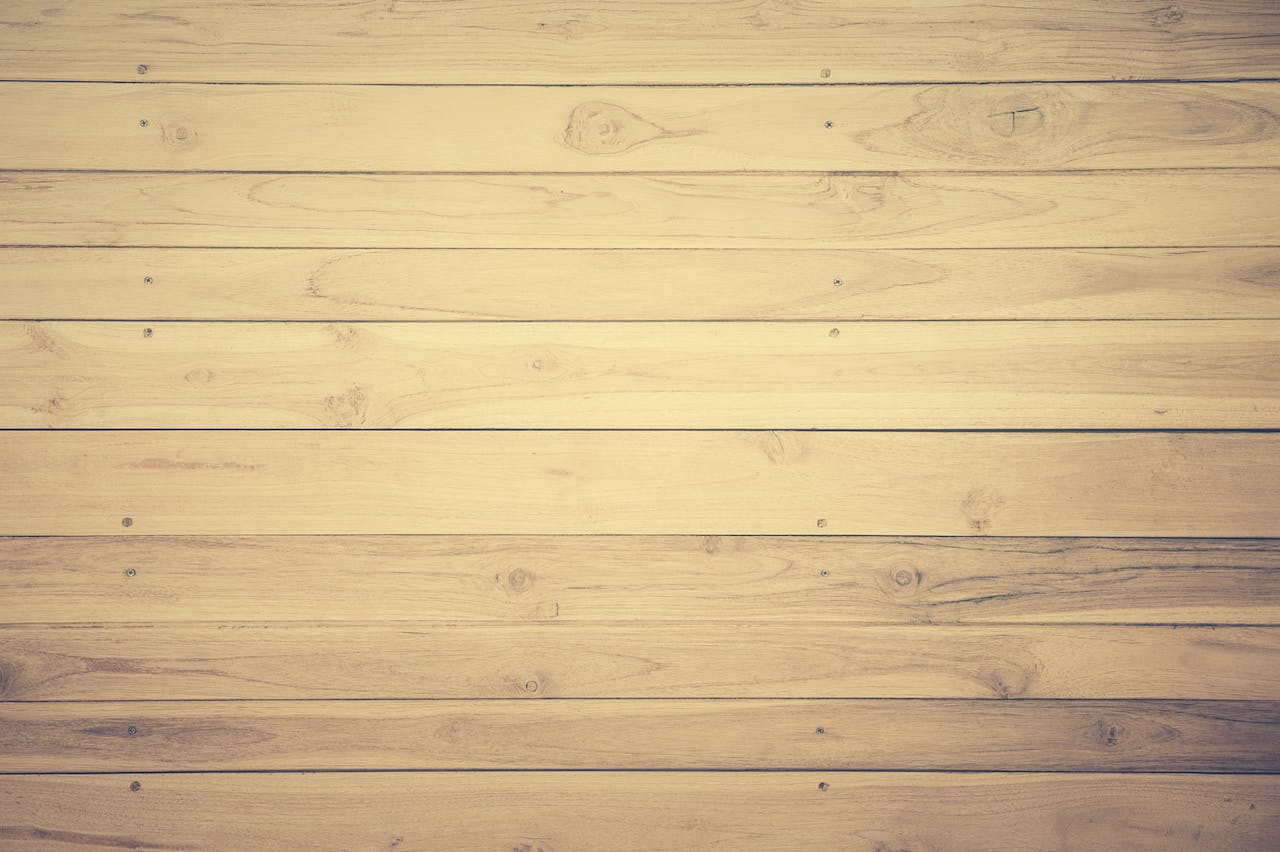In modern design, flexibility is key. From the vibrant application of fence paint to enhance outdoor aesthetics to the installation of cavity sliding doors that maximise internal flow, every element has a role in creating adaptable living environments. Even outdoor features like a ninja playground and fitness area can transform a backyard into a hub for health and recreation. These design choices reflect a growing demand for homes and communal spaces that shift, evolve, and support the changing needs of daily life.
The Shift Toward Multi-Use Spaces
Today’s homes are no longer built with static roles for each room. A living room might double as a study, a dining space can transform into a workstation, and a spare bedroom can serve as a yoga studio by evening. With open-plan designs becoming the norm, flexibility must be built into every layout aspect.
Movable furniture, modular storage, and retractable partitions allow for reconfiguring space at a moment’s notice. Homeowners increasingly turn to clever solutions that let one area serve many purposes without sacrificing comfort or style. This multi-functionality is more than convenience—a lifestyle shift supporting productivity, creativity, and well-being.
Flow and Function in Interior Design
Seamless transitions between spaces can powerfully impact how we interact with our homes. Designers can improve aesthetics and efficiency by eliminating physical barriers and allowing more natural light and airflow. Features such as concealed door systems contribute to this vision, enabling open connectivity when needed and privacy when desired.
Incorporating sliding entryways or collapsible walls allows residents to dictate how their space functions at any given time. These decisions are especially valuable in compact homes or apartments, where efficient use of square footage is crucial. Flexibility in design enables people to adapt their surroundings to life’s changes without expensive renovations.
Bringing the Outdoors In—and Vice Versa
Adaptable living doesn’t stop at the front door. Outdoor spaces are now considered extensions of the home rather than separate zones. This approach encourages better flow between indoor and exterior areas, increasing overall livability. More than just a garden, these areas can become spaces for exercise, relaxation, or social gatherings.
Functional landscaping is on the rise, with homeowners seeking design elements that look great and serve a clear purpose. Features like raised decking, shaded pergolas, and fitness installations bring active lifestyles into the backyard. These elements create opportunities for family interaction, personal wellness, and social engagement without leaving home.
Designing for Every Generation
As households become more multigenerational and diverse in their needs, adaptable design becomes even more important. A home must cater to young children, busy professionals, aging parents, or even renters—all under one roof. The ability to easily transform a room’s purpose gives residents control and reduces friction between coexisting routines.
This inclusive mindset shapes how we approach everything from flooring choices to lighting and appliance placement to access points. Creating barrier-free movement, quiet zones, and shared hubs helps ensure everyone feels seen and supported, regardless of age or mobility.
Sustainable Solutions That Last
Adaptable living also aligns with sustainable thinking. Rather than redesigning or relocating as needs change, homeowners can invest in foundational features that stand the test of time. This might include durable finishes, reconfigurable cabinetry, or energy-efficient installations that remain functional through various life stages.
Choosing materials and systems with long-term flexibility reduces the environmental impact of repeat renovations. It also promotes smarter consumer decisions, encouraging quality over quantity. Spaces that grow with us naturally discourage waste, benefiting our wallets and the planet.
The Role of Wellness in Adaptive Spaces
Modern living is about more than aesthetics—it’s also about how a space makes us feel. When design supports both movement and rest, it contributes to a more balanced, health-focused lifestyle. From dedicated exercise zones to meditation nooks and healthy air flow, adaptable spaces can play a vital role in our physical and mental well-being.
Creating distinct zones for active and restorative activities ensures a well-rounded environment that meets the whole person’s needs. Thoughtful transitions between work and leisure spaces help avoid burnout and enhance focus. By integrating flexibility into design, we’re not just building homes—we’re building better daily experiences.

Outdoor Zones That Support Active Living
One of the clearest examples of adaptive living is how families upgrade their outdoor spaces. Activity-based installations, such as obstacle courses and climbing elements, offer new opportunities for movement and engagement. These play and fitness features are not just for children—they support active lifestyles for all ages.
Such spaces unite communities and promote a movement culture over passive entertainment. They also provide a safe, controlled environment for developing coordination, confidence, and resilience. As more people seek localised, convenient ways to stay active, design will continue catering to these needs in private and public areas.
Flexibility Without Sacrificing Style
It’s a myth that adaptable design means compromising on beauty. In fact, the most striking spaces blend purpose with personality. Every piece, whether structural or decorative, can be selected to enhance usability while reflecting the aesthetic tastes of the resident.
Neutral palettes, layered lighting, and minimalist storage are popular tools for keeping spaces versatile. But even bolder choices—textured walls, art features, or customised hardware—can coexist with practicality when used thoughtfully. The goal is balance: to make space as enjoyable as it is easy to change.
A Home That Grows with You
In a world of constant change, our environments must keep up. Living spaces made to adapt are not just a design trend—they’re a solution to the evolving nature of modern life. Adaptability creates harmony, whether it’s reimagining a room’s purpose, refreshing an outdoor area, or rethinking the flow between zones.
The desire for control, comfort, and connection is at the heart of it all. We’re free to thrive when our spaces reflect our needs, support our habits, and embrace our futures. And that’s the true power of design that adapts.



